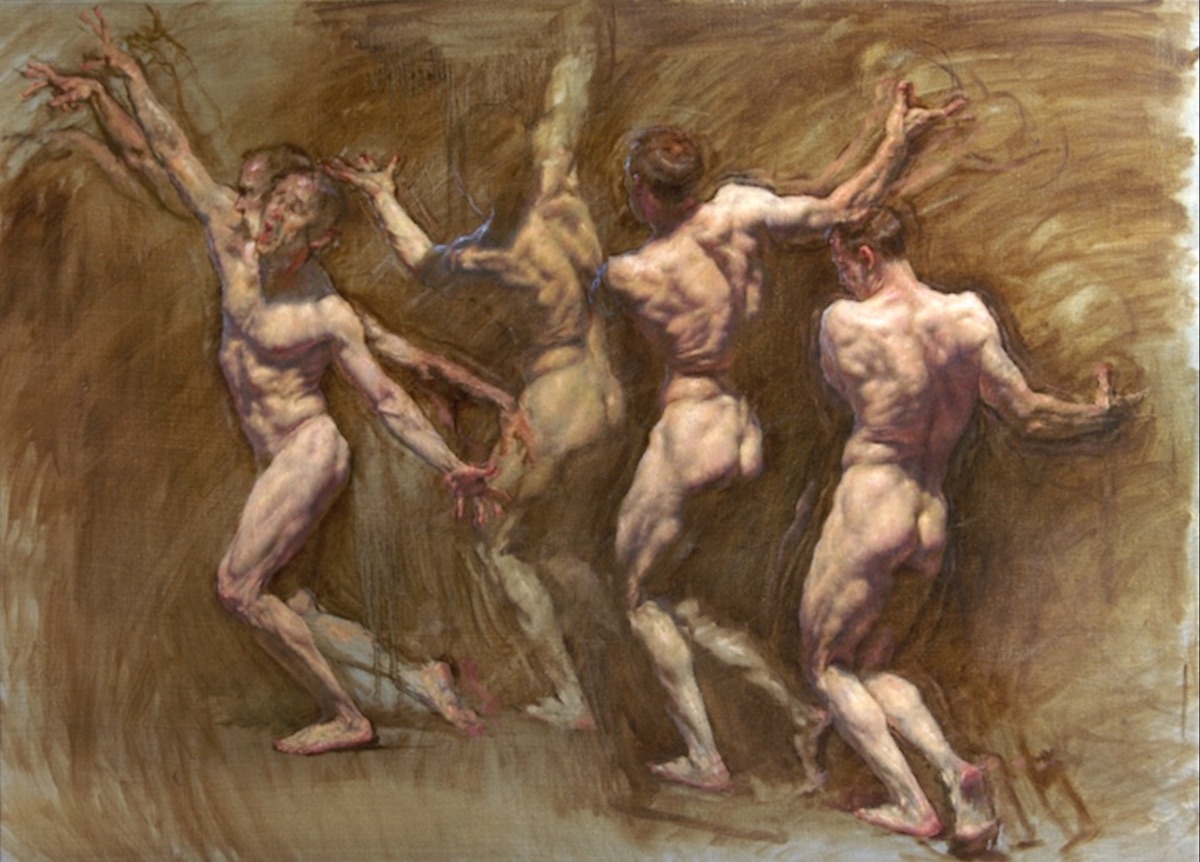

Parameter of a large format lens is the image circle or mtf. Mix of old and new lenses to find the tools that are right for you.Īnd NEVER make the mistake of thinking that the only crucial in sum, if you are just starting out, andĬonfine yourself to contrasty modern lenses, you may NEVER however, if the scene is even slightlyĬontrasty, i know i'll be disappointed with the result and reach for Look in the neg you want? i have the nikkor 300 and 450 and Ronars, and g-clarons, are a mixed blessing. for this reason, lenses like the nikkor-m, Of midtones and the gradual movement from light to dark) that Raison d'etre IMO, is the wonderful tonality (i.e. what you really want in large format, indeed its Will obtain it easily, especially given a view camera's However, you do not need to worry about sharpness much. if you are contact printing 8x10/11x14/12x20, in the miniatureįormat, sharpness is a huge issue due to very high this i feel is more objectively a mistake. Has been carried over into the design of modern large format
Robert liberace 8x10 skin#
Wonderful creamy skin tones and long tonal scale. Perceived sharpness due to increased edge acutance.Įventually leica/zeiss had to follow suit and we lost all those the high contrast created a very high perception of Resolution lower contrast), and the public spoke with its Nikon introduced lenses of moderate sharpness but very highĬontrast (as opposed to the leica/zeiss approach of high In the mid-sixties, lens designers in japan started a revolution. The point about contrast cannot be emphasized enough. The 210mm covers 8x10 stopped down but with very little movement.

These can be interchanged in the 305mm shutter if desired, saving considerable cost instead of purchasing all in their own individual shutters.
Robert liberace 8x10 plus#
A real plus of going the 305 G-Claron route and getting it in a Copal shutter is the possibility of adding a 240mm and/or 210mm G-Claron to your setup by obtaining the lens elements in enlarging lens barrels. I should mention that certain other posters state that their experience indicates the 300mm Nikkor-M does cover 8x10 quite adequately my own experience does not bear this out, perhaps my individual lens is not the norm. I use the Nikkor on my 4x5 where the lighter weight is appreciated. It is a heavier lens than the Nikkor but worth it for the great coverage. The G-Claron has a large image circle and enables me to do very significant tilts. I own and use both the 305mm G-Claron and the 300mm Nikkor-M and have found that the Nikkor has too small an image circle to be appropriate for 8x10 use - I start to get very visible softness at the corners of the frame even stopped down to f32. I know its not much help, just my thoughts. I reality I think either lens is more than capable of doing the job for you. One nice thing about the G Claron is that Schneiders given it the "golden handshake" and there are some excellent deals to be had(Robert White comes to mind) If there is a down side to either of these excellent lenses, it is that they only open up to f9(if thats important) FWIW, The lenses I use most in 8x10 are the f6.3/14" Commercial Ektar and f6.3/10" Wide Field Ektar, which are single coated(if thats important) and reside in really large old #5 Universal Shutters(if thats important) I understand world famous photographers and well as unknown photographers use and have used all these lenses mentioned above for years and years(if thats important.) Between the G-Claron and the Nikkor M, I think I'd buy the G-Claron for the larger image circle, but if Nikkor M would probably (well maybe theoretically)excell in still life being a MC lens. I believe the Nikkor gets the nod because it is multicoated(if thats important) but then the G-Claron is APO in addition to having probably a greater image circle(if thats important) I think it all bils down to what you see yourself doing. They are my newest lenses and both perform superbly. K.E., I don't have a 305 G Claron, but I do have a 240 G Claron and a 300 Nikkor M.


 0 kommentar(er)
0 kommentar(er)
